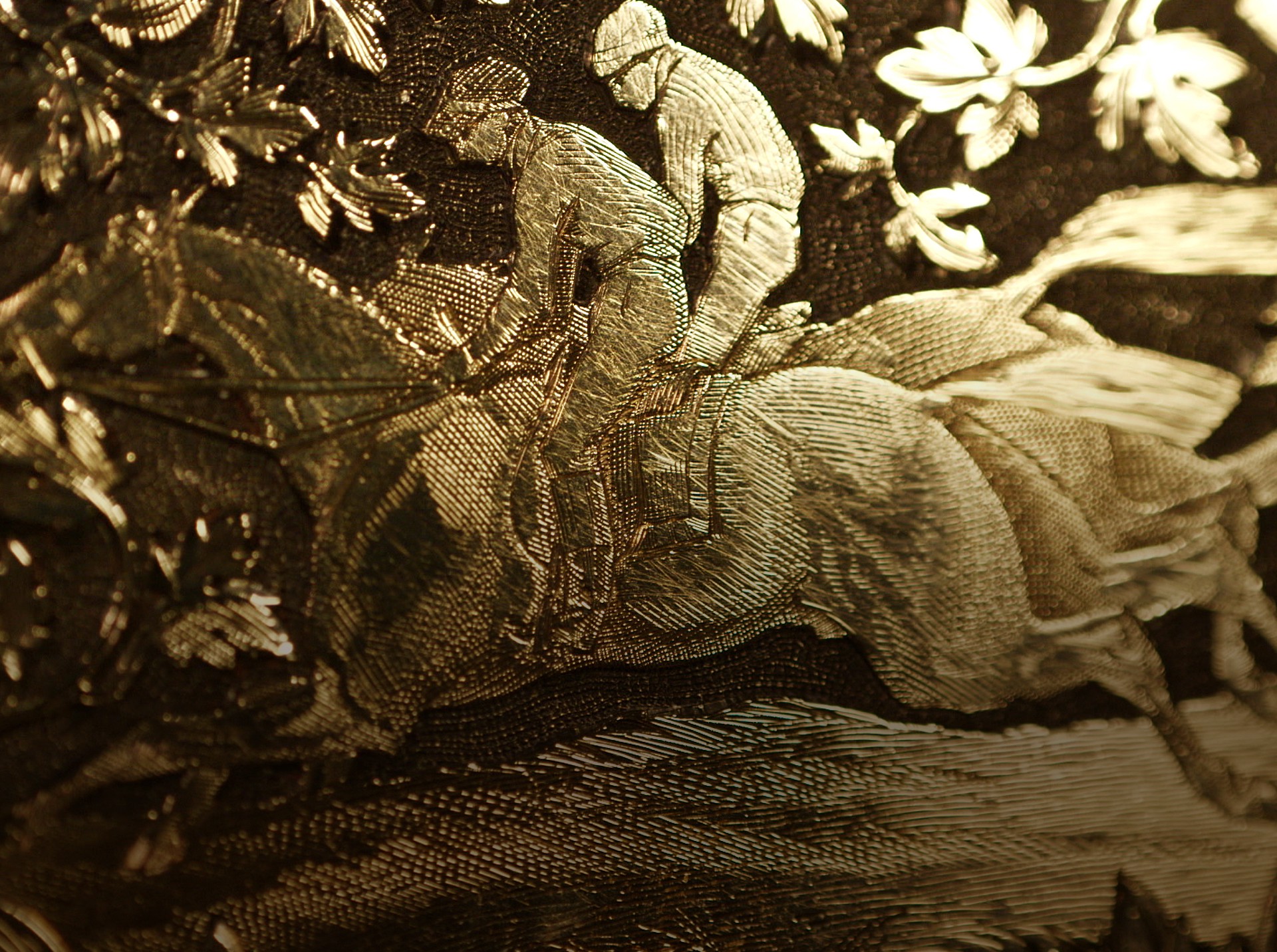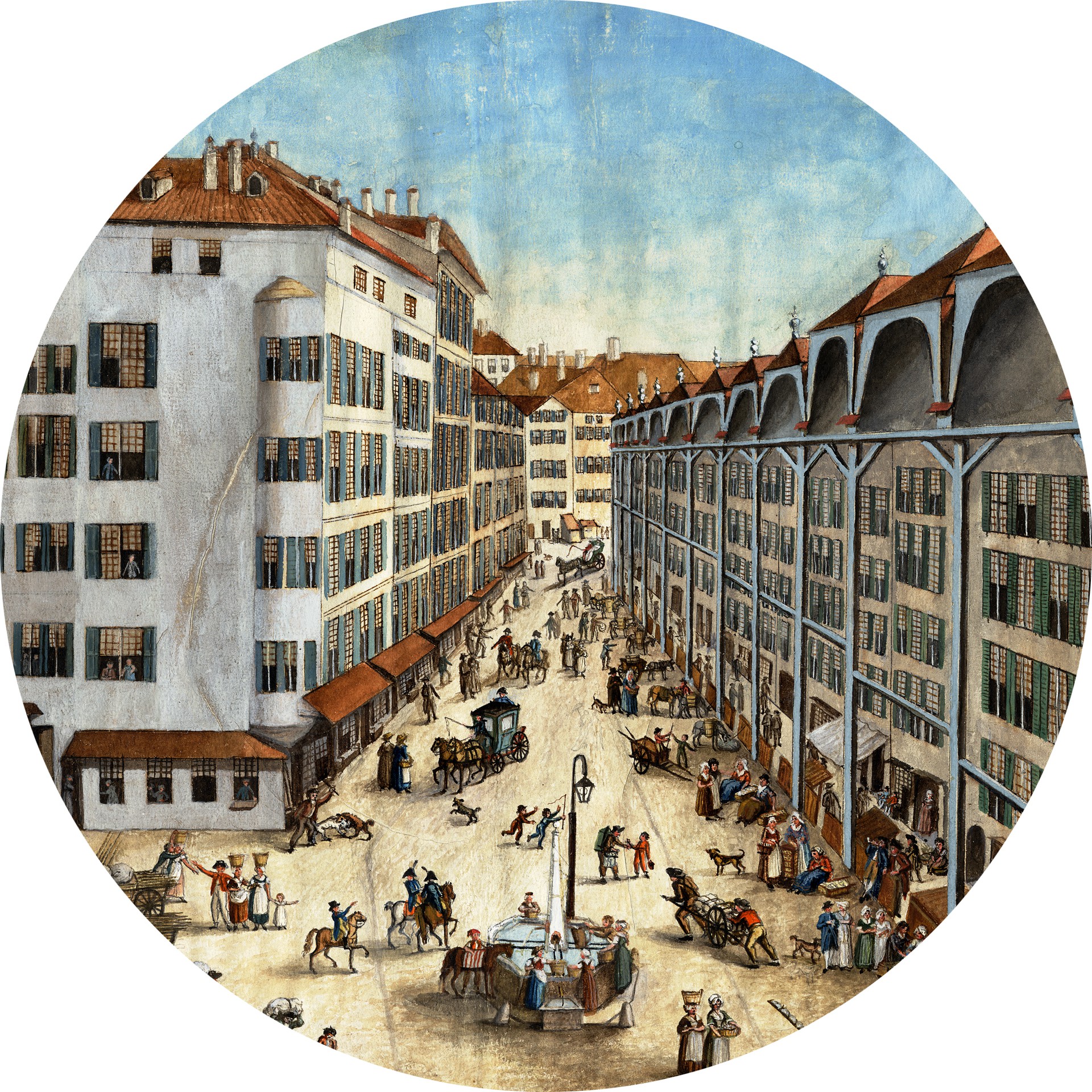1 - Heritage
Our heritage in rare handcrafts
Since the 1600s, Geneva has been a center of excellence for rare handcrafts, and throughout its own history, Patek Philippe has flown the flag for the artisans and their incredible work.



Ever since Patek Philippe was founded in 1839 it has been calling on gifted artisans to decorate its watches. This can be confirmed by leafing through the pages of the first Patek Philippe register, which is preserved in the Patek Philippe Museum archives, where every step and every operation performed on each watch, from manufacture to delivery, is recorded in detail.
It started with engraving
In the earliest days of their partnership in Geneva, under the name of Patek, Czapek & Cie (six years before the arrival of Adrien Philippe), Antoine Norbert de Patek and François Czapek, both from Poland and yet to found their own workshops, began buying watches and having them engraved by local craftsmen. The engravings were inspired by Polish history, which naturally attracted Patek and Czapek’s first customers – who were fellow countrymen.
The first enamels soon followed, interpretations of masterpieces from major artistic movements from symbolism to art nouveau, and soon to be combined with engraving, guilloché, and other handcrafts. The partners gradually built up a gallery of miniature portraits on enamel, notably a series of “royal” watches dedicated, obviously, to royalty, who represented a choice clientele. As long as there were pocket watches, they would need to be adorned. It was unthinkable to offer a hunter-cased pocket watch without decoration.
Geneva, the capital of rare handcrafts
Of course, there had always been a unique bond between Geneva’s watchmakers and its craftsmen. As far back as the 1600s, Geneva watches were recognized as high-quality products, reputed for their fine workmanship and, indeed, their engraving and enamel decoration. They were considered Switzerland’s most beautiful and aesthetically sophisticated creations; other regions were more intent on producing in large quantities.
While England, France, and Germany’s craftsmen specialized in developing precision watches with varying levels of complication, Geneva was the foremost producer of “artistic” watches. The Geneva school of enameling was a major contributor to the development of enamel work. It promoted the practice of preparing the base by applying several layers of pure enamel fired at 850°C, and the use of rare oils of lavender, lily, carnation, or sandalwood. In the eighteenth century it invented the fondant technique, an application of one or more layers of transparent enamel that protects the miniature works while bestowing a unique brilliance that was highly prized.
The golden age loses its shine
The nineteenth century was a golden age for Geneva’s artisans, but then began a slow decline. In the opinion of Philippe Stern (Honorary President of Patek Philippe), the finest examples of traditional Genevan craftsmanship date mainly from the period between 1820 and 1900. The brands then began to take over, with different objectives and increasing industrialization. Quantitative concerns now dictated watchmakers’ choices. Up to the time of the Second World War, “artistic” pieces were still produced, but to a lesser extent. In the years immediately afterward, these delicate crafts almost died out.
It took all Patek Philippe’s determination and tenacity to ensure that rare handcrafts were preserved. In the second half of the twentieth century, and particularly from 1970 to 1980, the market for hand-decorated watches collapsed, and the work of the engravers, enamelers, and other heirs to that age-old tradition was of little interest to the watchmaking world. One by one, craftsmen were forced to seek other types of work. As they did, a vast body of knowledge almost disappeared, a casualty of general indifference.
The Stern family commitment
Happily, Patek Philippe, alert to this threat of irretrievable loss, continued to commission work from gifted artisans, although it was deemed impossible to sell. It was clearly destined to languish in the company’s stockroom. Such was the price to be paid for safeguarding these ancient professions. True, these pieces would later enrich the collections that have rightly become the pride of the Patek Philippe Museum; but the Stern family had no way of knowing that at the time – or indeed of foreseeing its success – in the throes of a watchmaking crisis.
